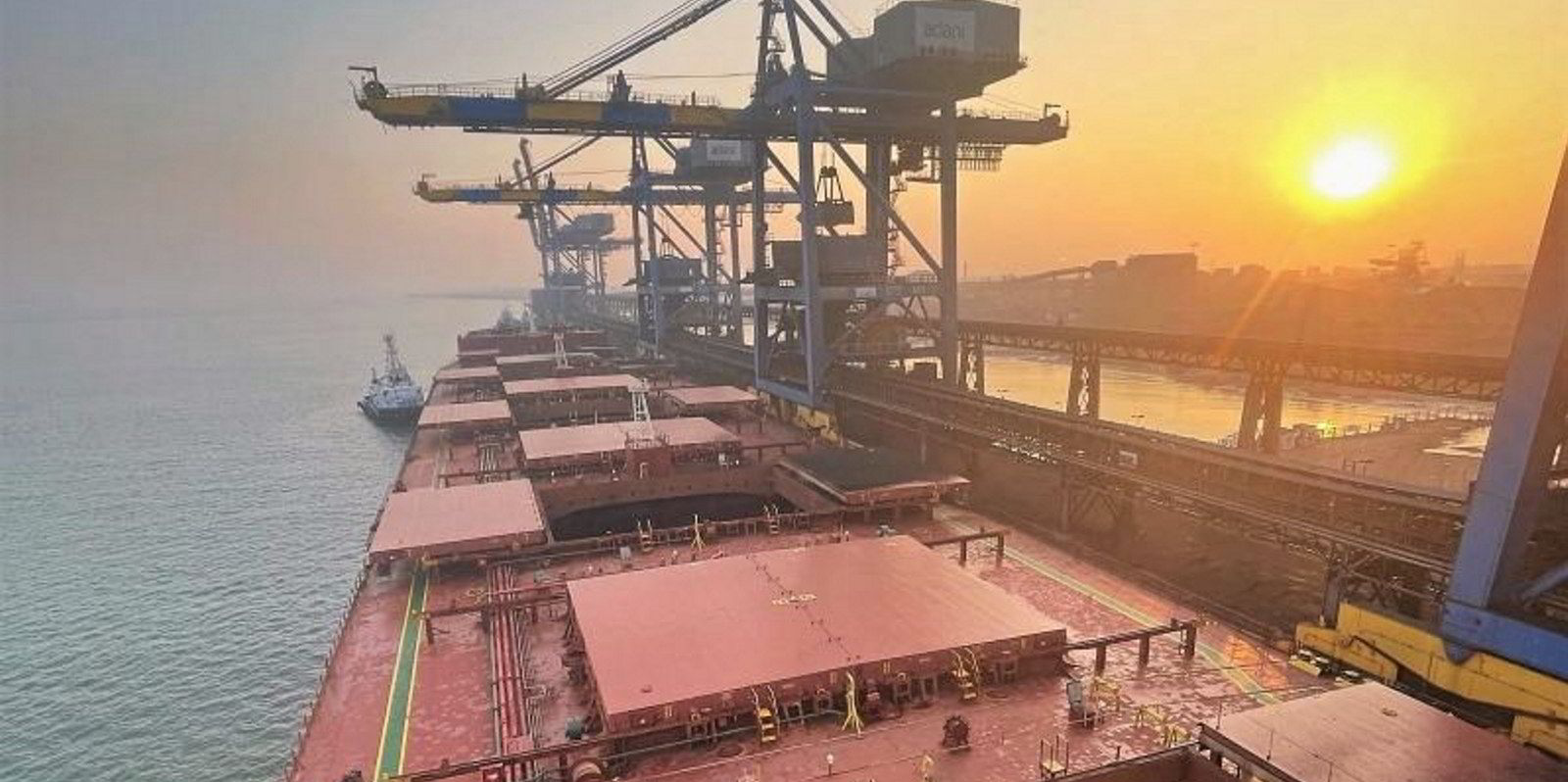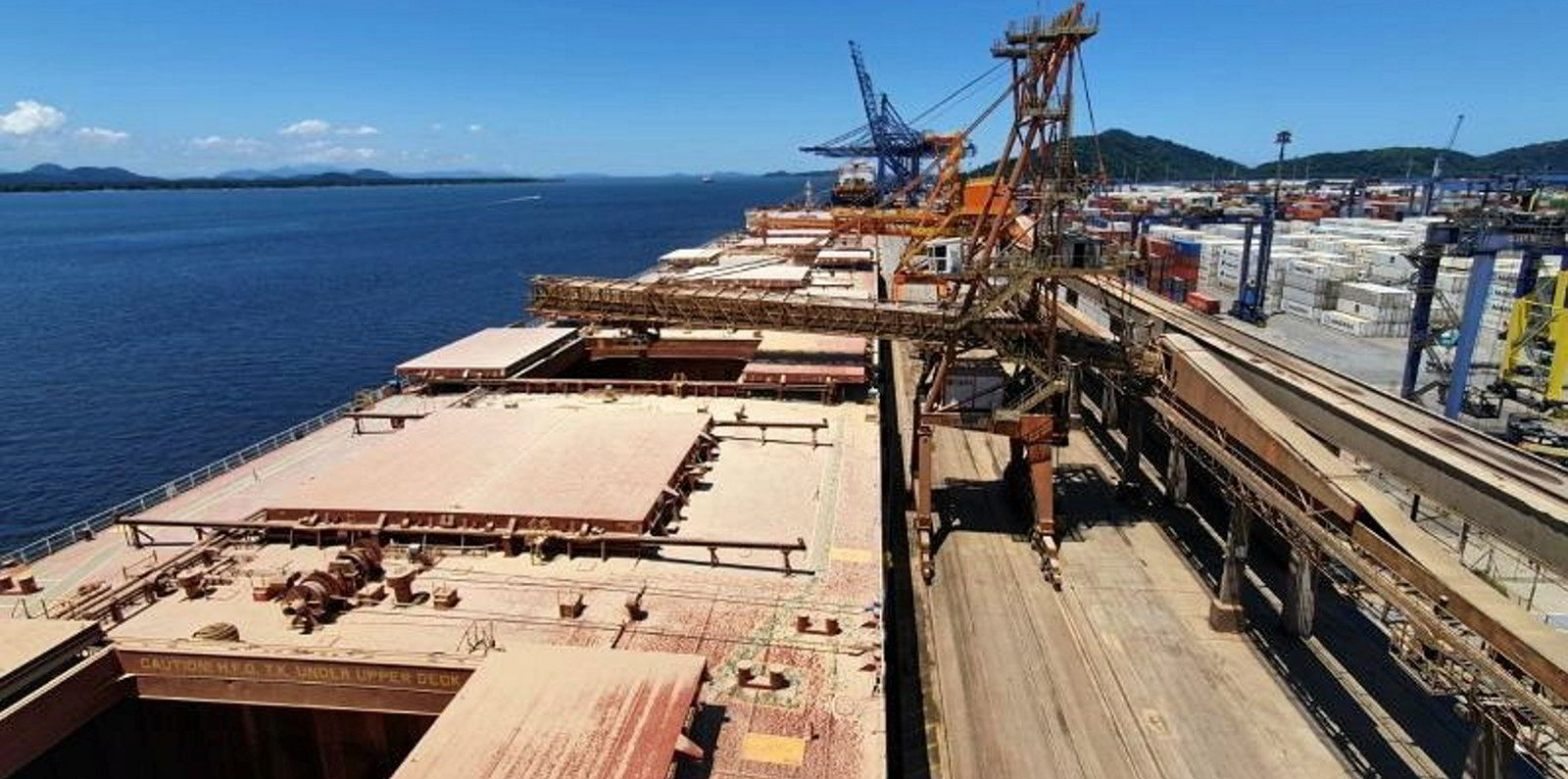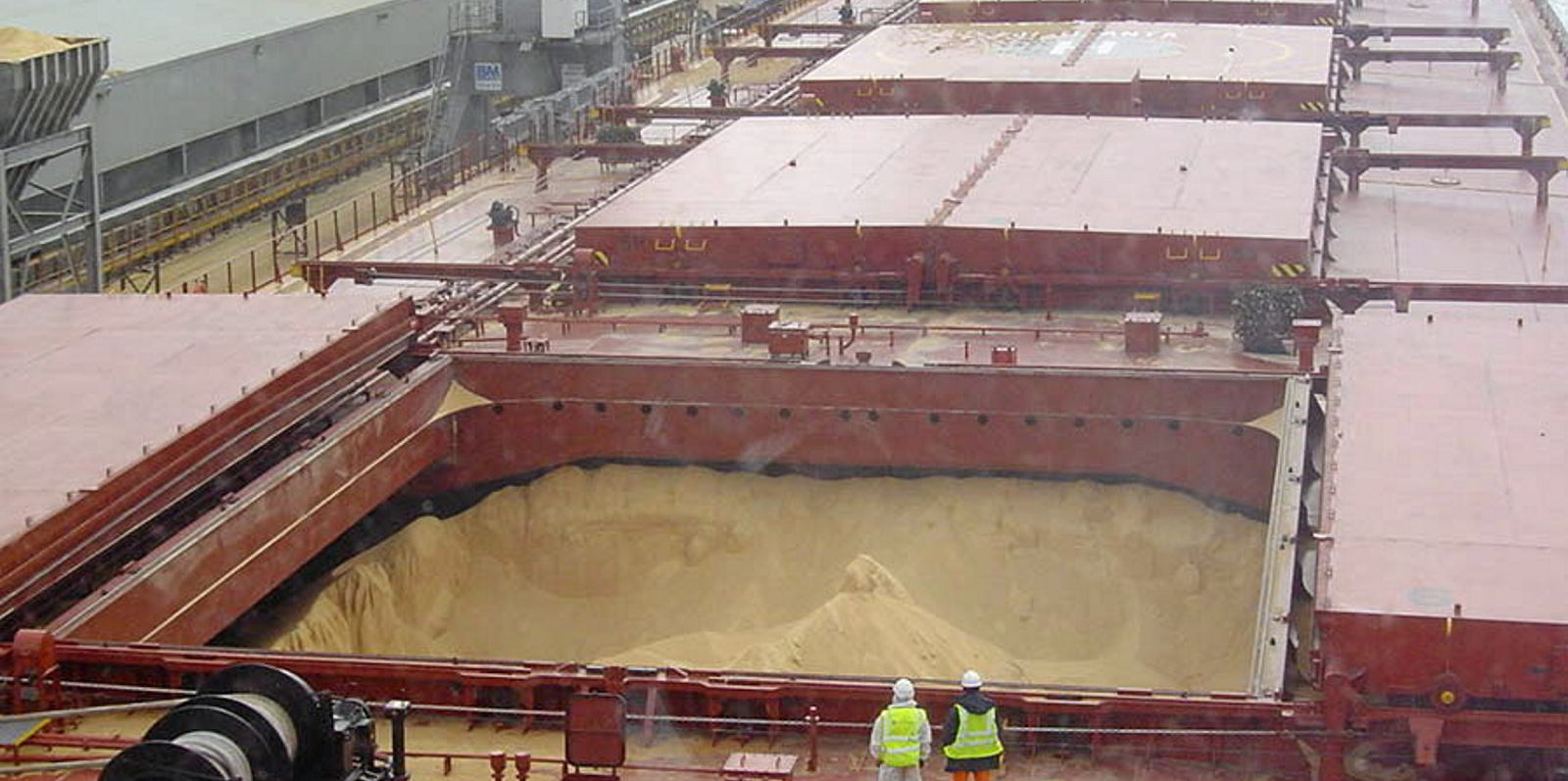The buoyant market for capesize bulkers continued its steady ascent on Wednesday to build upon a 17-month high as vessel supply remained tight in the Atlantic basin, according to analysts.
The Baltic Exchange’s Capesize 5TC basket of spot-rate averages across five key routes picked up 2.4% on Wednesday to just $31,100 per day, marking the second straight day above $30,000 per day and a dramatic rise from the low of just $8,266 in September.
The last time the 5TC was above the $30,000-per-day threshold was in late May of last year.
“The Atlantic basin is leading this trend, with rates soaring to nearly $42,000 per day, while the Pacific basin lags at $26,000 per day,” Clarksons Securities analyst Frode Morkedal wrote in a note on Wednesday.
“Despite robust shipping volumes, brokers indicate that the rate surge in the Atlantic is largely due to constrained fleet capacity.”
The average spot rate for the transatlantic roundtrip C8 voyage between Brazil and Europe has risen 700% since early September to reach nearly $41,800 per day on Wednesday, according to the exchange.
The transatlantic roundtrip C14 voyage between Brazil and China has improved 146% in the same period to achieve almost $23,300 per day on Wednesday.
Though just above $26,000 per day, the average spot rate for the transatlantic roundtrip C10 voyage between Australia and China has also boosted the capesize market since early September by ascending 143% to $26,200 per day on Wednesday.
On Wednesday, Rio Tinto hired an unnamed vessel at $11.15 per tonne to transport 170,000 tonnes of iron ore from Dampier, Western Australia, to the Chinese port of Qingdao, with loading scheduled from 1 to 3 November.
On 4 September, the Australian iron ore major fixed an unnamed capesize at just $7.95 per tonne to ship the same amount of ore on the same route after loading the vessel from 18 to 20 September.
The Atlantic basin held 21% of the global capesize fleet as of last week, down from 24% in late September, according to Clarksons Research data.
“This limited availability has forced charterers to pay higher rates to attract ballasting ships from the Far East,” Morkedal said.
He also attributed the higher average spot rate for capesizes to rising port congestion, tying up another 1% of the capesize and panamax fleets in the past week, and Brazilian iron ore giant Vale’s third-quarter sales improving 6.6% from a year ago.
“The company appears to have successfully shipped some of the inventory that had accumulated in the first half of the year,” Morkedal noted.(Copyright)





